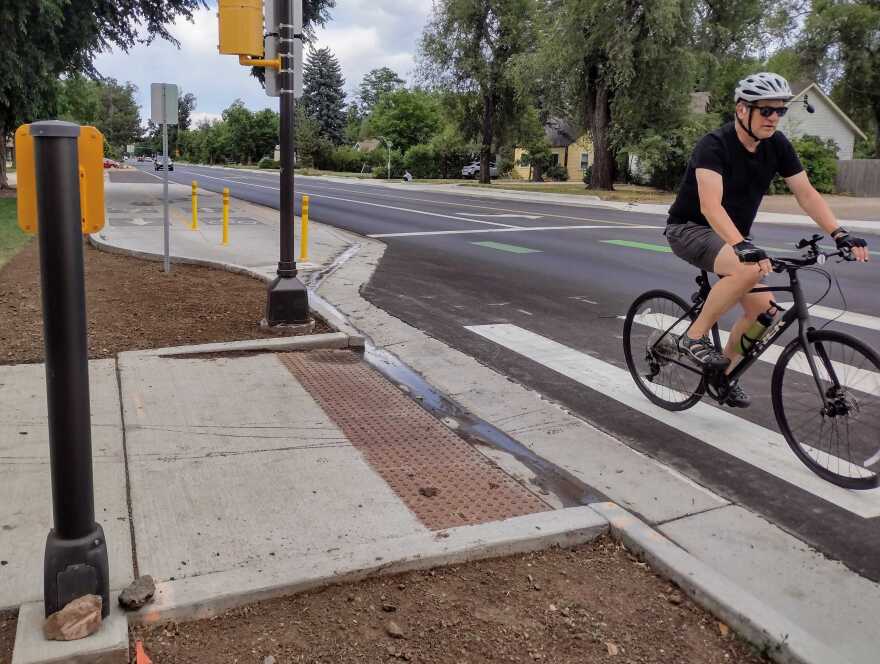The accused of hitting and killing a promising young competitive cyclist has made headlines in recent days. Seventeen-year-old Magnus White was struck and killed in 2023 while riding his bike on Highway 119 between Boulder and Longmont.
Today we’re sharing a conversation about technology that might prevent similar tragedies.
Magnus White’s parents and other cycling safety advocates have called for more regulations to make bicyclists safer on our roads – including better bike lanes and stiffer penalties for careless driving.
Their demands also include a federal requirement that all new vehicles be equipped by the year 2029 with (AEB) systems that can sense bicycles. For example, if your car drifts into the shoulder where a bicyclist is riding, the car would automatically brake or be nudged back into its lane.
All of this got us wondering – how well do advanced safety systems like AEB or V2X () work? And how feasible are these technologies right now?
Today we revisit our conversation from last summer with with the Center for Transportation and Logistics at MIT to learn more. He researches driver behavior, and how humans interact with automatic braking systems and other advanced vehicle technologies.
Bryan spoke with Erin O’Toole about the potential and the limitations of this new technology.








